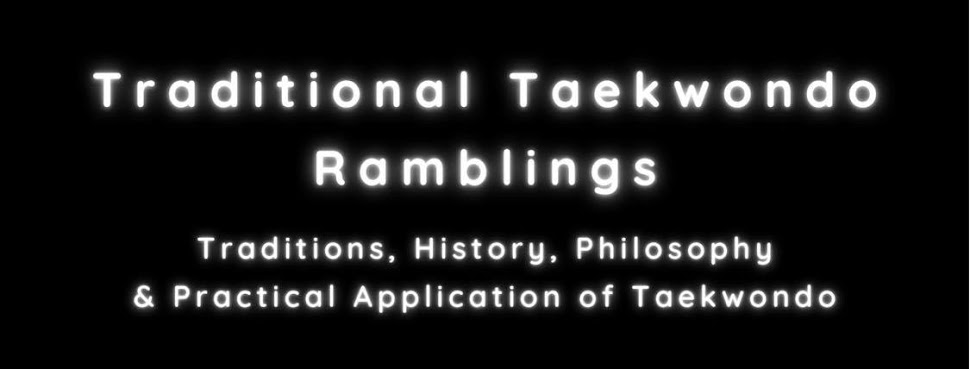 |
Funakoshi demonstrating a throw.
This is from a Japanese source so
look at it from right to left:)
This is an application from Empi Kata |
This question pops out time and time again. Go to any martial arts forum (martial talk, etc) and look at the discussion conserning poomsae/Hyung/Tul/Kata/forms and there should be several discussions centered around this question or theme. Even within several discussions that does not start out with this question you will probably get someone who raises the question. This is a trend that has been going on since we first got martial arts that had forms in them. The same discussions are being held in all the JMA (Japanese martial arts), CMA (Chinese martial arts), OMA (Okinawan martial arts) that employ forms. Its just that before the work of people like Iain Abernethy, Bill Burgar, Chris Wilder, Victor Smith, Patric Mcharthy etc the question was slightly different, but the theme of practical usage of the forms or the movements therein was still there.





